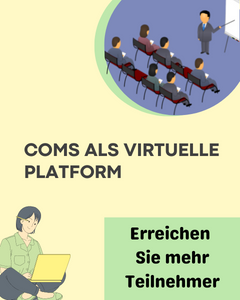Konferenzen > Mathematik > Computer-gestütztes Beweisen
Wählen Sie ein Land aus
ALLE LÄNDER (4)
1
Theory and Practice of SAT and Combinatorial Solving
11. Jan 2026 - 16. Jan 2026 • Banff, Alberta, Kanada
Eintrags-ID:
1668477
2
Dagstuhl-Seminar — Proof Systems in Actual Practice: Reasoning and Computation
15. Mär 2026 - 20. Mär 2026 • Schloss Dagstuhl, Deutschland
Eintrags-ID:
1671295
Webseite:
3
Workshop — Validated numerics for computer-assisted proofs
06. Jul 2026 - 10. Jul 2026 • ICMS, Bayes Centre, Edinburgh , Großbritannien
Eintrags-ID:
1670169
4
LFCW03 — Bridges between proofs, communication, and computation
30. Nov 2026 - 04. Dez 2026 • Cambridge, Großbritannien
Eintrags-ID:
1685034
Webseite:
Conference-Service.com stellt der Öffentlichkeit ein Kalendarium wichtiger Konferenzen, Symposien und sonstiger Tagungen im wissenschaftlich-technischen Bereich zur Verfügung. Obwohl das Verzeichnis mit großer Sorgfalt zusammengestellt und ständig aktualisiert wird, weisen wir auf die Möglichkeit von Fehlern ausdrücklich hin. Bitte vergewissern Sie sich immer beim Veranstalter, bevor Sie über die Teilnahme oder Nichtteilnahme an einer Konferenz entscheiden.
Stand vom 25. November 2025



